The question of why people wear hijabs is multifaceted, touching on religious beliefs, cultural identity, and personal choice. At WHY.EDU.VN, we delve into the significance of the hijab, exploring its various interpretations and dispelling common misconceptions, offering comprehensive insights into Islamic veiling practices and modest dressing. Explore the symbolism, cultural significance, and varying interpretations of the Islamic headscarf.
Table of Contents
- What Is A Hijab?
- The Core Purposes Behind Wearing A Hijab
- Hijab vs. Burqa: Understanding The Differences
- Motivations Behind Face Covering Among Women
- Is Hijab A Choice?
- Empowerment Through Hijab: Personal Narratives
- Appropriate Inquiry: Asking About The Hijab
- When Can A Woman Remove Her Hijab?
- Exploring The Choice Of Not Wearing A Hijab
- De-Jabbing: The Journey Of Removing The Hijab
- FAQ: Common Questions About Hijabs
1. What Is A Hijab?
The hijab is more than just a headscarf; it represents modesty, privacy, and moral values. According to Dr. Zuleyha Keskin, Associate Professor at the Centre for Islamic Studies and Civilisation at Charles Sturt University (CSU), the term “hijab” embodies a “veil of protection,” both physical and spiritual. This veil safeguards an individual’s spirituality and connection with God (Allah) from negative influences, extending beyond the physical covering to include conduct, morals, and values.
The interpretation of hijab varies, reflecting personal and cultural contexts within the broader Islamic faith. This head covering is a complex symbol, encompassing spiritual and practical dimensions of modesty. At WHY.EDU.VN, we clarify these multifaceted meanings, offering insights into diverse expressions of faith through veiling.
2. The Core Purposes Behind Wearing A Hijab
The primary purpose of wearing a hijab is to observe modesty, a principle emphasized in the Qur’an for both Muslim men and women. The Qur’an contains verses that address modesty, directing men to lower their gaze and women to dress modestly, covering their bodies. Many interpret this to include covering the hair. Professor Keskin emphasizes that modesty, expressed through the hijab, includes acting with morality based on Islamic values in all interactions.
Here’s a breakdown of key verses and their interpretations:
| Verse | Focus | Interpretation |
|---|---|---|
| Verse instructing men | “Hijab of the eyes,” emphasizing modesty in looking at women | Men should lower their gaze to avoid objectifying women, maintaining respect and modesty in their interactions. |
| Verse instructing women | Modest clothing and covering the body | Women are encouraged to dress modestly, which many interpret as covering their hair and body to maintain privacy and dignity. |
| Professor Keskin’s Interpretation | Conscious interactions with morality | Both men and women must act with morality and Islamic values in all interactions, emphasizing the importance of character and behavior. |
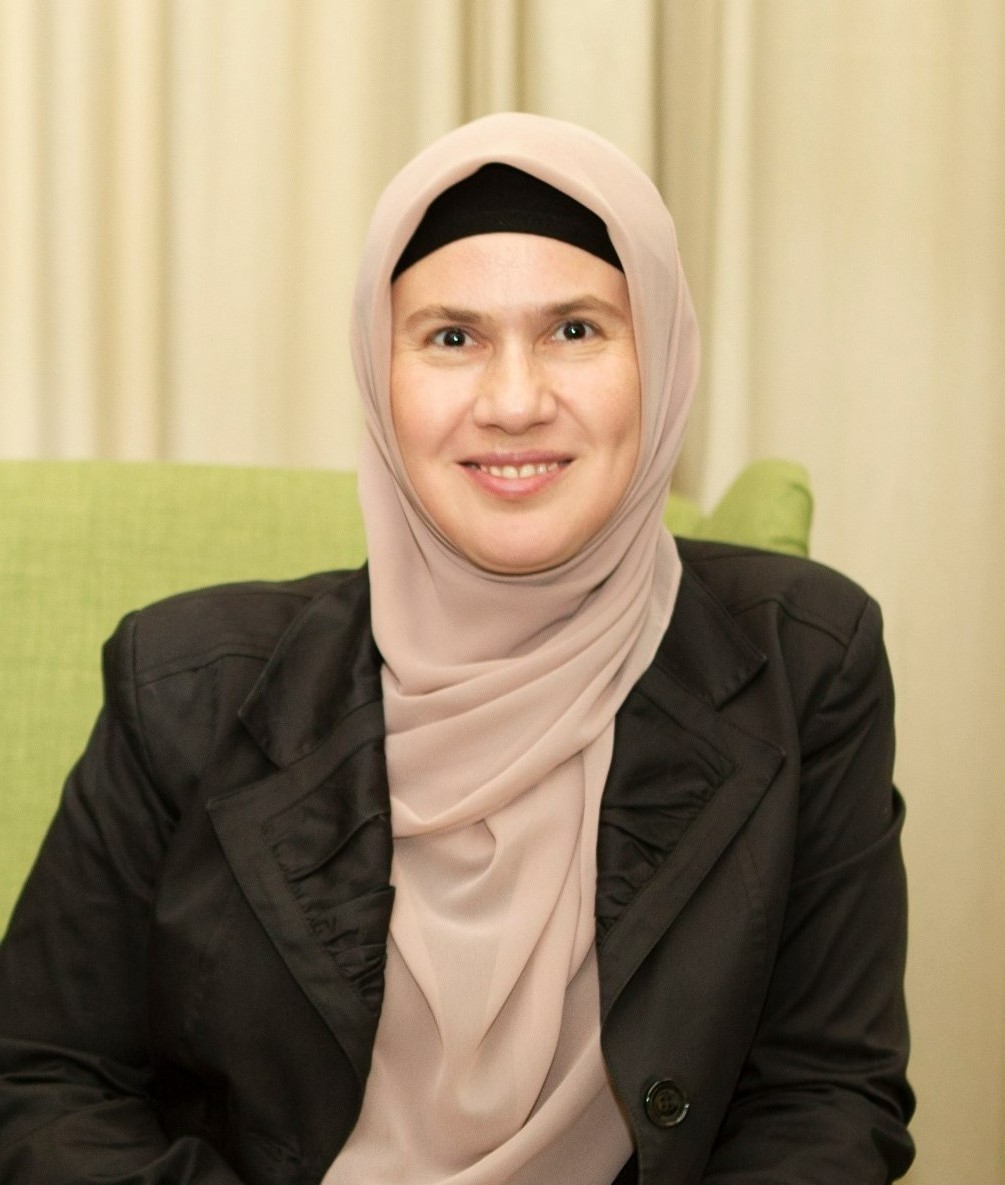
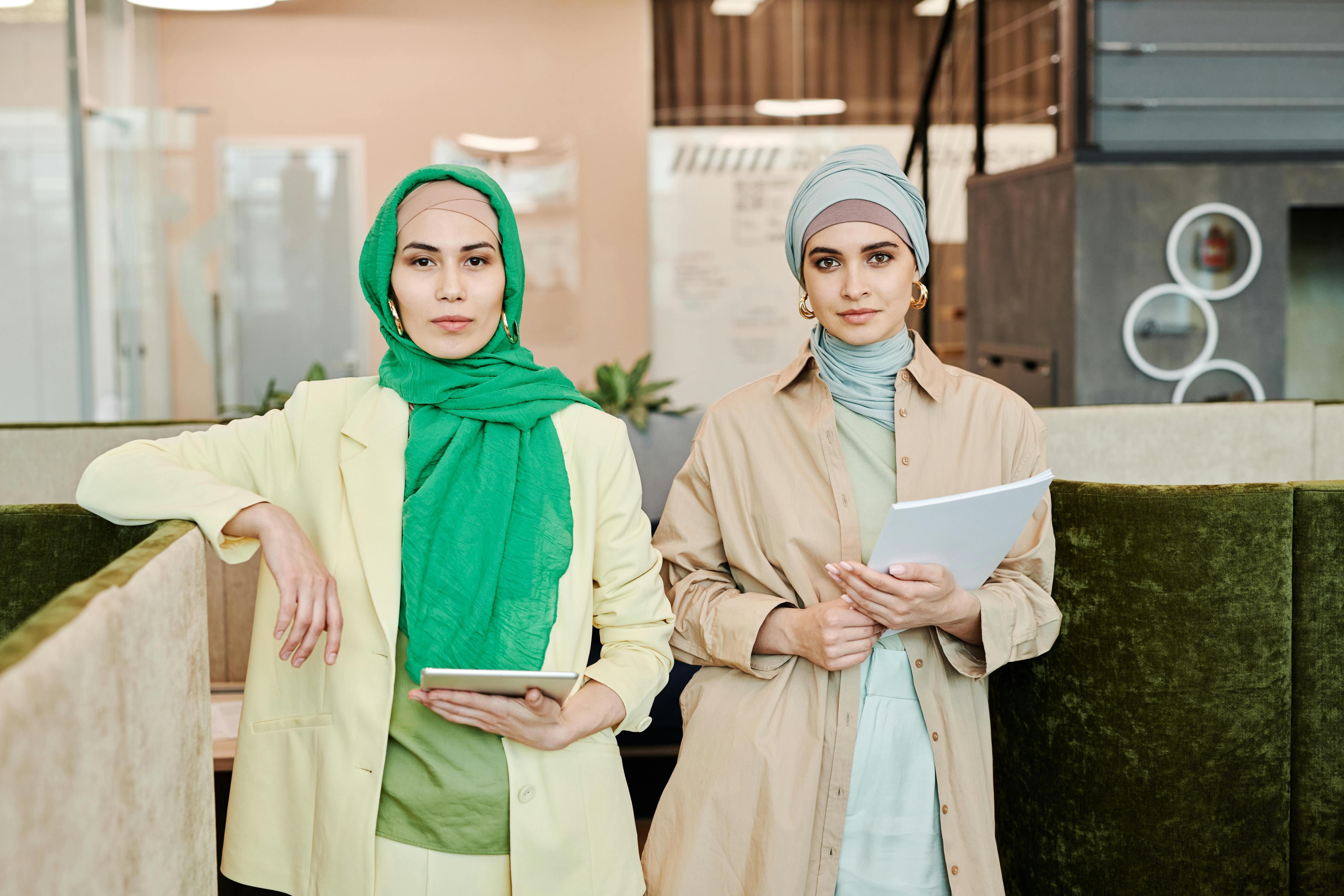
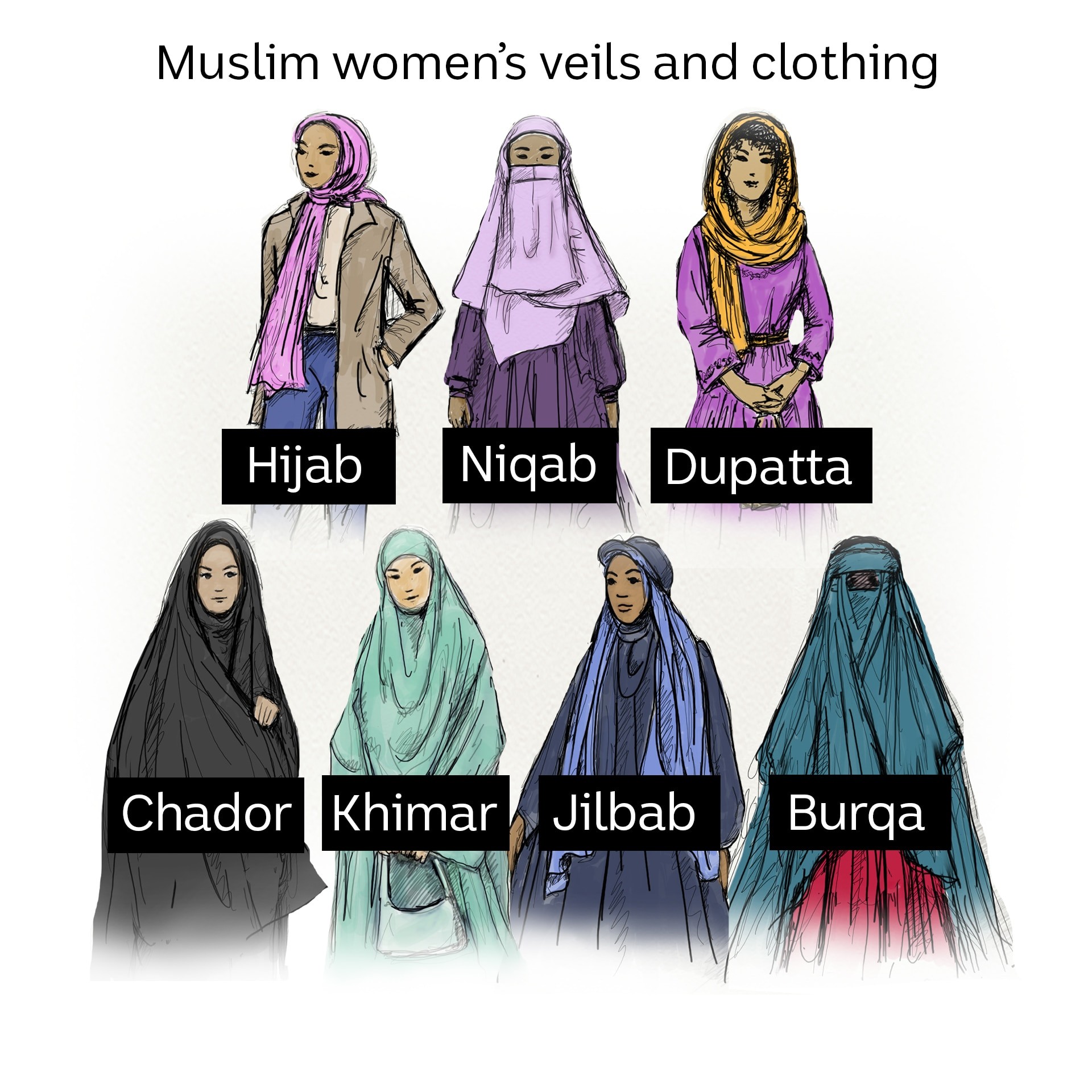
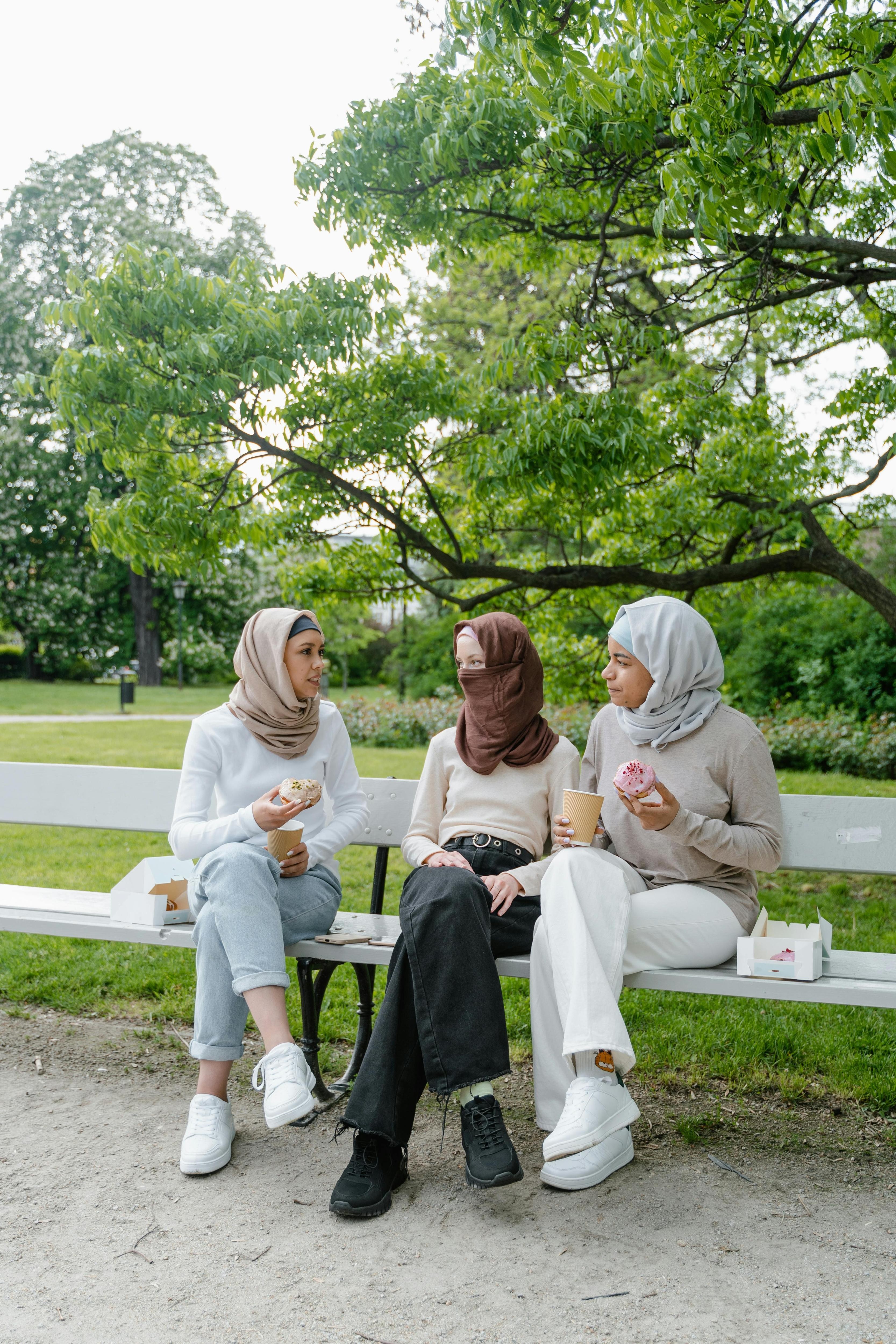

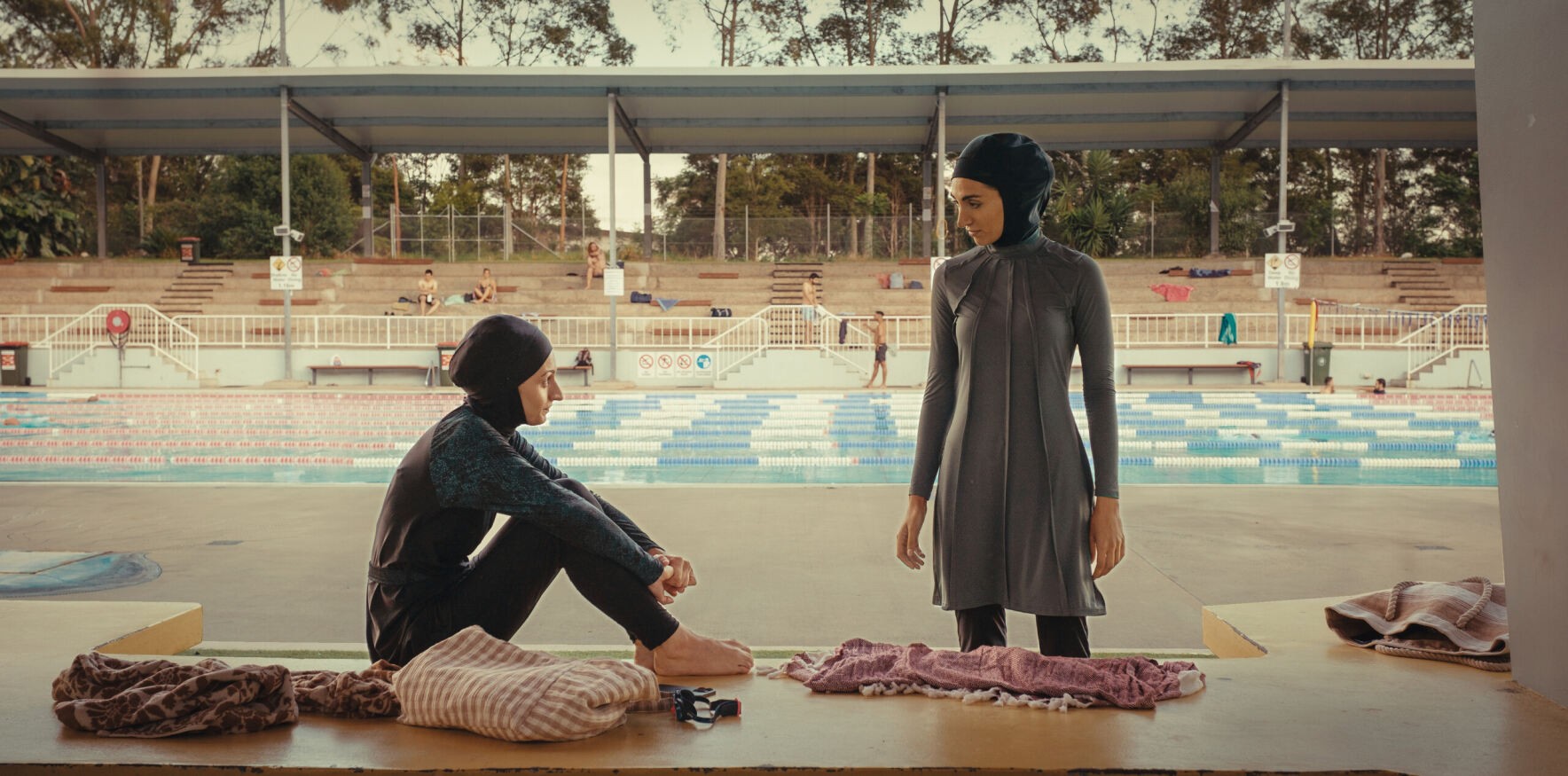
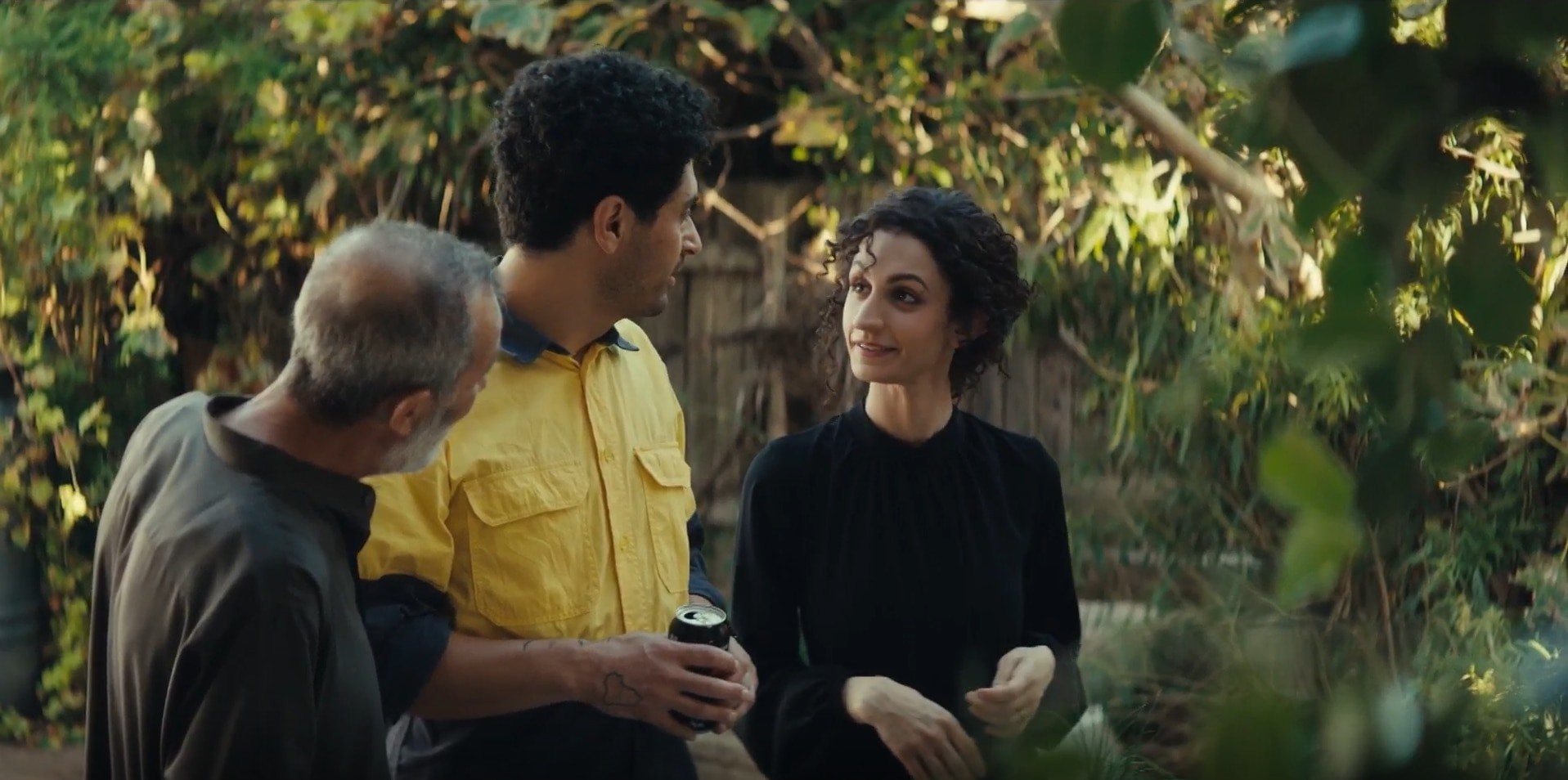
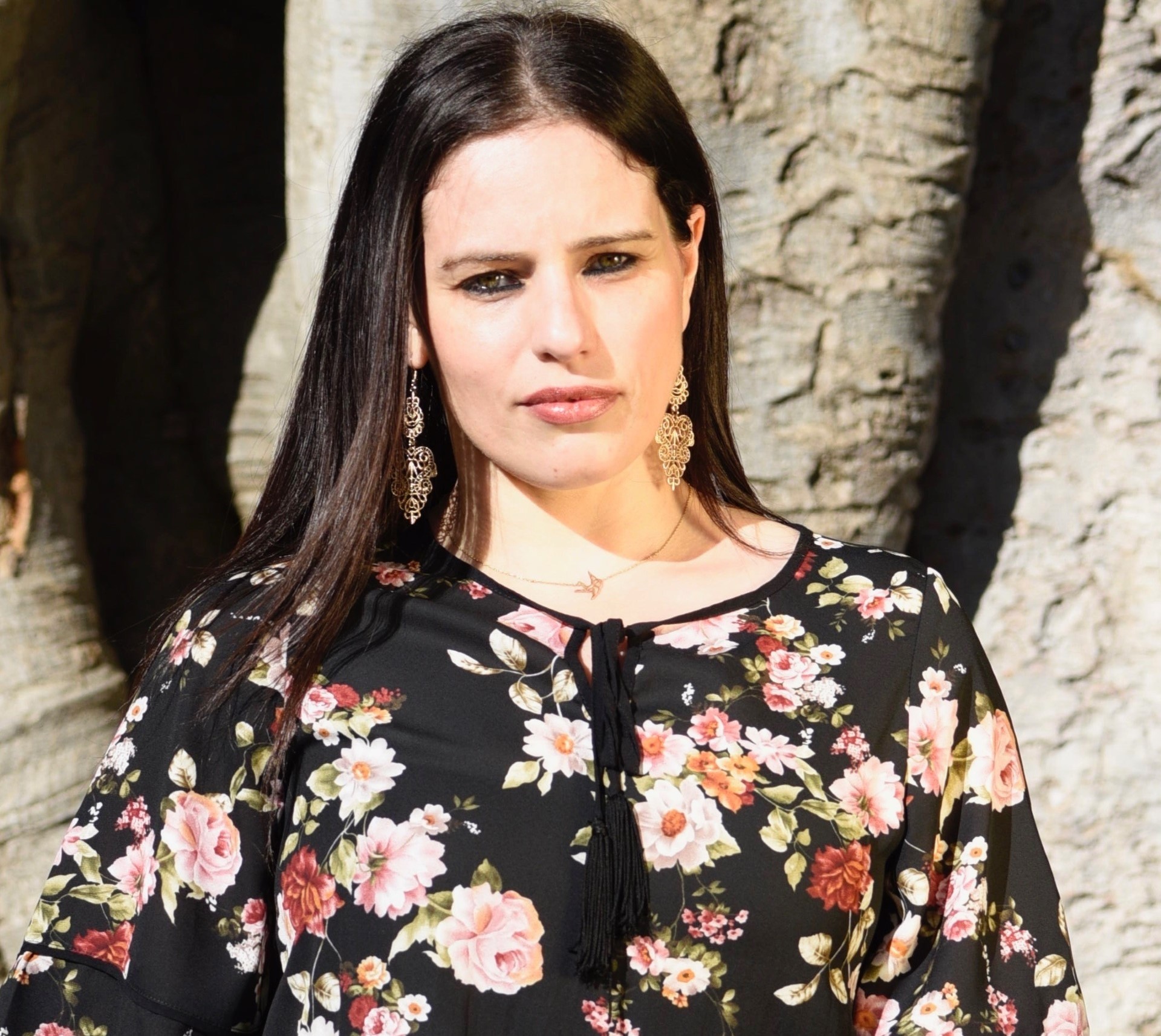

This practice is rooted in the Islamic tradition’s call for both men and women to maintain modesty and integrity, highlighting the hijab’s role in fostering respect and privacy within the community. WHY.EDU.VN provides a deeper understanding of these religious and cultural underpinnings.
3. Hijab vs. Burqa: Understanding The Differences
It’s essential to differentiate the hijab from other forms of veiling, such as the burqa, niqab, and chador, each varying in coverage and cultural significance. According to Professor Hakan Coruh, a senior lecturer in Islamic studies at CSU, the hijab typically covers the hair and neck, while other garments provide more comprehensive coverage.
Here’s a table outlining the differences between these garments:
| Garment | Coverage | Cultural Context |
|---|---|---|
| Hijab | Covers the hair and neck. | Worn in various styles, influenced by fashion trends and cultural background. |
| Burqa | Covers the entire body and face, with a mesh window for the eyes. | Commonly associated with specific regions and cultural interpretations of modesty. |
| Jilbab | An outer garment that covers the entire body. | Often worn with a niqab, providing full coverage while adhering to modesty guidelines. |
| Niqab | Covers the face and hair. | Often worn in conjunction with other garments for comprehensive coverage. |
| Chador | A full-length cloak that covers the body but leaves the face uncovered. | Common in Iran and other regions, emphasizing modesty while allowing facial visibility. |
| Khimar | A long headscarf that covers the hair, neck, and upper body. | Offers extended coverage while remaining distinct from full-body garments. |
| Dupatta | A scarf that can be loosely worn at the back of the head or as a shoulder wrap. | Commonly worn in South Asia, offering a versatile option for covering the head and shoulders. |
Understanding these distinctions is crucial in respecting the diverse choices Muslim women make regarding veiling. These choices often reflect personal interpretation, cultural norms, and religious beliefs. WHY.EDU.VN offers resources to help understand the nuances of Islamic veiling practices.
4. Motivations Behind Face Covering Among Women
While many Islamic scholars consider covering the hair obligatory, covering the face is often viewed as an additional act of modesty. However, some interpretations, such as those by the Taliban in Afghanistan, regard face veiling as compulsory.
Cultural norms and national dress significantly influence these practices, and women may choose to cover their faces for various reasons, including:
- Personal Devotion: For some, covering the face is a deeply personal expression of their faith.
- Cultural Identity: Cultural traditions in certain regions prescribe face covering as a norm.
- Privacy and Protection: Some women feel that covering their face provides added privacy and protection in public spaces.
These motivations reflect the complex interplay between personal choice, cultural background, and religious interpretation. At WHY.EDU.VN, we aim to provide a balanced perspective on these diverse viewpoints, promoting understanding and respect.
5. Is Hijab A Choice?
The issue of choice in wearing a hijab is complex, with varying experiences and perspectives among Muslim women. Muslim journalist Shazma Gaffoor emphasizes that many women choose to wear the hijab as an integral part of their identity. However, author Amal Awad points out that not all women have this choice, particularly in certain parts of the world where wearing a hijab may be compulsory.
Here’s a summary of different viewpoints:
- Personal Choice: Many women in Western countries freely choose to wear the hijab as an expression of their faith and identity.
- Cultural Obligation: In some regions, societal norms dictate that women must wear the hijab, limiting their autonomy.
- Forced Compliance: In extreme cases, women may be forced to wear the hijab under threat or coercion.
Understanding the spectrum of experiences is vital in addressing the issue of choice. This understanding fosters empathy and a nuanced perspective on the realities faced by Muslim women worldwide.
6. Empowerment Through Hijab: Personal Narratives
Many women find empowerment in wearing a hijab, viewing it as a means of control and respect. Shazma Gaffoor describes feeling liberated when she first wore the hijab, experiencing a sense of control over how people perceived and interacted with her.
Personal narratives often highlight the following benefits:
- Control and Autonomy: Wearing the hijab allows women to define their identity and how they are perceived.
- Respect and Dignity: Many women report feeling respected rather than objectified when wearing the hijab.
- Spiritual Connection: The hijab can serve as a constant reminder of one’s faith and connection to God.
These experiences challenge common misconceptions and highlight the positive impact of the hijab on many women’s lives. At WHY.EDU.VN, we share these narratives to provide a more complete picture of the diverse meanings and experiences associated with wearing the hijab.
7. Appropriate Inquiry: Asking About The Hijab
Asking about someone’s hijab requires sensitivity and awareness to avoid stereotypes or assumptions. While many Muslim women are open to answering questions, it’s important to do so respectfully. Shazma Gaffoor notes that some questions, particularly those based on stereotypes, can be tiresome.
Guidelines for asking about the hijab include:
- Avoid Stereotypes: Refrain from asking questions based on common misconceptions or stereotypes.
- Be Respectful: Approach the topic with respect and genuine curiosity.
- Listen Empathetically: Pay attention to the individual’s response and respect their perspective.
By engaging in respectful dialogue, we can foster understanding and break down barriers. We at WHY.EDU.VN encourage thoughtful conversations and provide resources to inform and educate on cultural and religious practices.
8. When Can A Woman Remove Her Hijab?
A common misconception is that the hijab is worn at all times. In reality, women typically wear the hijab in the presence of men who are not their husbands or blood relatives. In women-only spaces, wearing a hijab is not required, although some women may choose to continue wearing it.
Situations in which women may not wear the hijab include:
- Private Spaces: At home or in other private settings with family members.
- Women-Only Gatherings: In public spaces or events where only women are present.
- Certain Family Members: In the presence of close male relatives such as fathers, brothers, and sons.
These guidelines reflect the Islamic emphasis on modesty while recognizing the importance of privacy and comfort within personal and familial contexts.
9. Exploring The Choice Of Not Wearing A Hijab
While the hijab is considered a requirement by many in Islam, the Qur’an states that “there is no compulsion in religion,” allowing Muslims to choose their religious practices. Some Muslim women choose not to wear the hijab, observing modesty in other ways.
Reasons for not wearing a hijab include:
- Personal Interpretation: Some women interpret modesty differently, choosing to express it through other forms of dress and behavior.
- Cultural Influences: Cultural norms in some regions may not emphasize the hijab.
- Individual Choice: Some women simply prefer not to wear the hijab, exercising their right to choose their religious practices.
These choices do not diminish a woman’s devotion or commitment to Islam. At WHY.EDU.VN, we celebrate the diversity of Muslim women’s experiences and choices, recognizing that faith is expressed in many ways.
10. De-Jabbing: The Journey Of Removing The Hijab
“De-jabbing,” or choosing to stop wearing the hijab, is a significant decision influenced by various personal factors. Amal Awad, who wore the hijab for ten years before removing it, describes her decision as a result of evolving personal identity and a feeling that the hijab no longer resonated with her.
Motivations for removing the hijab may include:
- Changing Identity: As women grow and evolve, their relationship with the hijab may change.
- Personal Beliefs: Some women may find that wearing the hijab no longer aligns with their personal beliefs.
- Desire for Anonymity: Some women prefer not to stand out or be identified by their religious attire.
This decision can be met with criticism, highlighting the complexities and challenges faced by women who choose to remove the hijab. It is important to respect and support individual choices, recognizing the personal and often difficult journey involved.
11. FAQ: Common Questions About Hijabs
Here are some frequently asked questions about hijabs, providing clear and concise answers to common queries:
| Question | Answer |
|---|---|
| What is the significance of the hijab? | The hijab symbolizes modesty, privacy, and adherence to Islamic principles. It also represents a personal connection to faith and cultural identity. |
| Is wearing a hijab mandatory in Islam? | While many Islamic scholars consider covering the hair obligatory, the Qur’an states “there is no compulsion in religion,” allowing for individual choice. |
| What are the different types of hijabs? | Different types include the hijab (covering the hair and neck), niqab (covering the face), burqa (covering the entire body), and khimar (covering the hair, neck, and upper body). |
| Can women choose not to wear a hijab? | Yes, Muslim women have the right to choose whether or not to wear a hijab, based on their personal interpretation of Islamic teachings and cultural influences. |
| How does the hijab empower women? | Many women feel empowered by the hijab as it allows them to control how they are perceived, fosters respect, and strengthens their spiritual connection. |
| Is it appropriate to ask about someone’s hijab? | It depends on the person; approach the topic with respect, avoid stereotypes, and listen empathetically. |
| When can a woman remove her hijab? | Women typically wear the hijab in the presence of men who are not their husbands or blood relatives. In women-only spaces or private settings, wearing a hijab is not required. |
| What is “de-jabbing”? | “De-jabbing” is the term for choosing to stop wearing the hijab, often influenced by evolving personal identity and beliefs. |
| How does culture influence hijab practices? | Cultural norms and national dress significantly influence veiling practices, with variations in style, coverage, and interpretation across different regions. |
| Where can I learn more about hijabs? | You can find more information and resources at WHY.EDU.VN, which offers comprehensive insights into Islamic veiling practices and modest dressing. |
Navigating the complexities surrounding the hijab requires understanding, respect, and a willingness to learn from diverse perspectives. For those seeking deeper insights or further clarification, WHY.EDU.VN is a valuable resource, offering expert knowledge and fostering informed discussions. At WHY.EDU.VN, we are committed to providing accurate, respectful, and comprehensive information on a wide range of topics. We invite you to explore our site, engage with our content, and join our community of curious learners.
Do you have more questions or need further clarification? Don’t hesitate to reach out to us at WHY.EDU.VN. Our team of experts is ready to provide answers and insights to help you understand the world better. Contact us at 101 Curiosity Lane, Answer Town, CA 90210, United States. Whatsapp: +1 (213) 555-0101. Website: why.edu.vn.